Cranial Osteopathy
Although we are experts at bringing together many different therapeutic ingredients, one of our core approaches is often labelled ‘Cranial Osteopathy’.
This is a system within Osteopathy developed in early 1900 by the American Osteopath William Sutherland. He believed that in order for the brain and central nervous system to function properly, the bones of the skull must be free to move in a subtle rhythmical motion. He experimented on himself, using a helmet-like device that prevented his head from changing circumference, and found that restriction of this motion could produce pain and affect overall health.
Ready to get started?
We’re here to provide our support and advice
Give us a call on 020 7798 8685 or use the form below.
Focus on ‘Cranial’ Osteopathy: Gentle yet Effective
A specially-trained Osteopath is able to palpate these movements (which are reflected throughout the body as well as the cranium) and detect restrictions. Using light touch and pressure to the bones of the head or the spinal column, it is an extremely gentle therapy and may be used to treat patients suffering from headaches, insomnia, digestive upsets, stress-related issues, tinnitus, aches and pains and fatigue. It is also often recommended for babies to help deal with problems arising from complicated births. There is relatively little high-quality research evidence in the field of Cranial Osteopathy but a small-centre study ( Hayden C, Mullinger B. A preliminary assessment of the impact of cranial osteopathy for the relief of infantile colic. Complement Ther Clin Pract. 2006 May;12(2):83-90. Epub 2006 Feb 8 ) demonstrated that some parents reported perceiving changes in their childrens’ behaviour (namely reduced crying time and improved sleep) following treatment.
